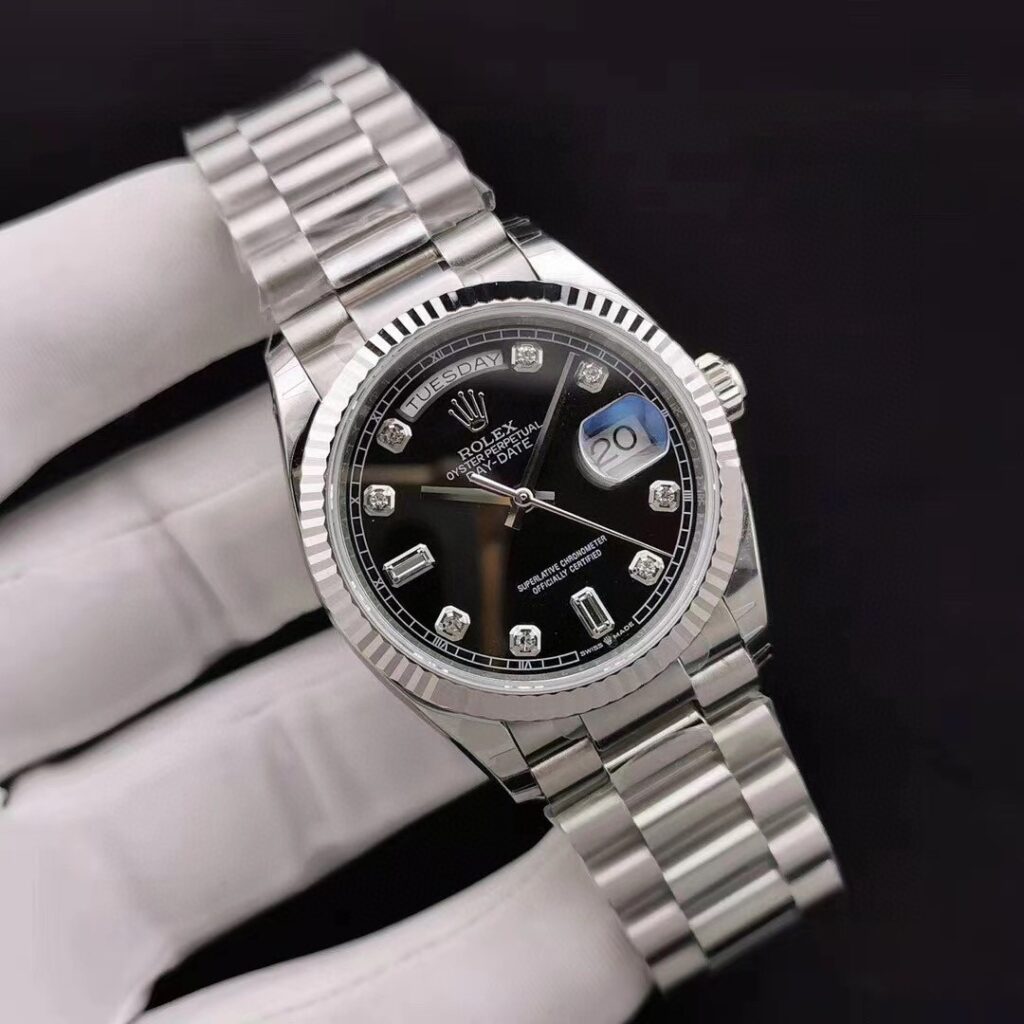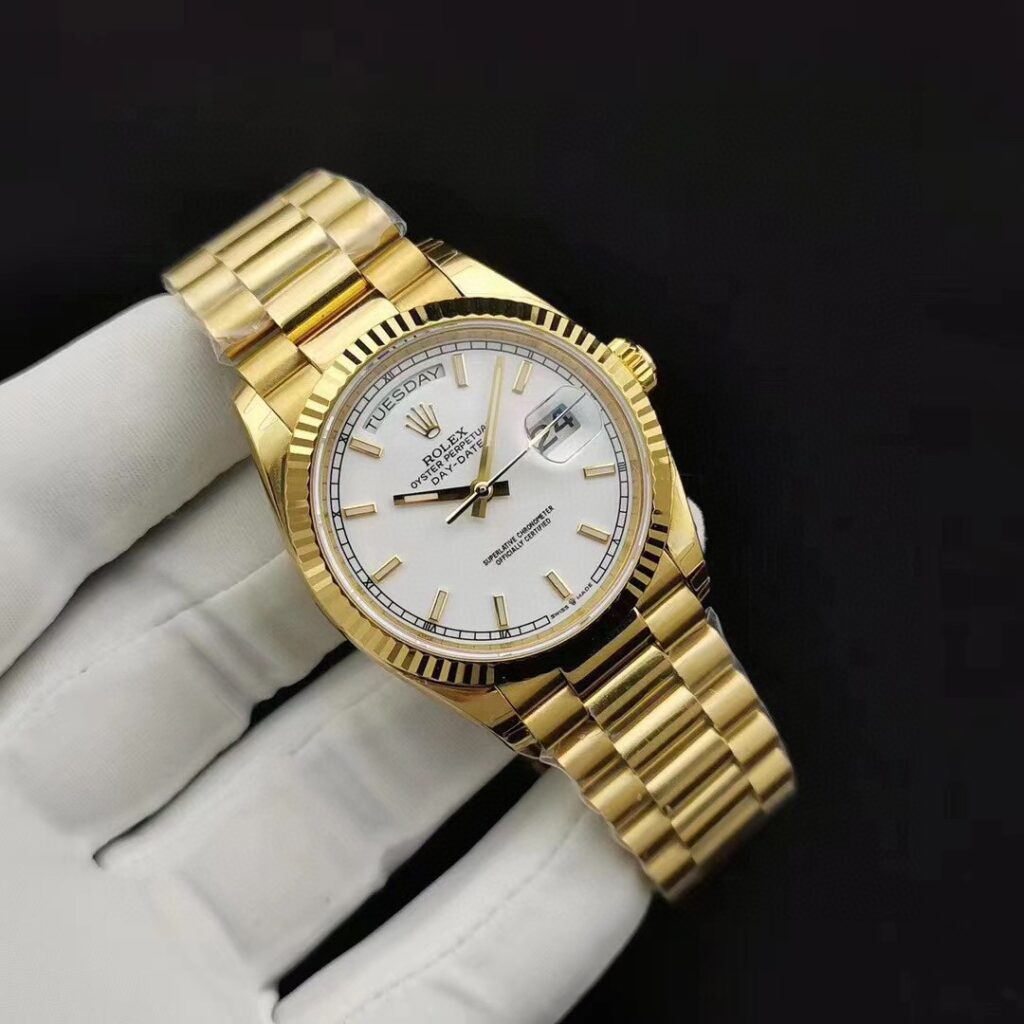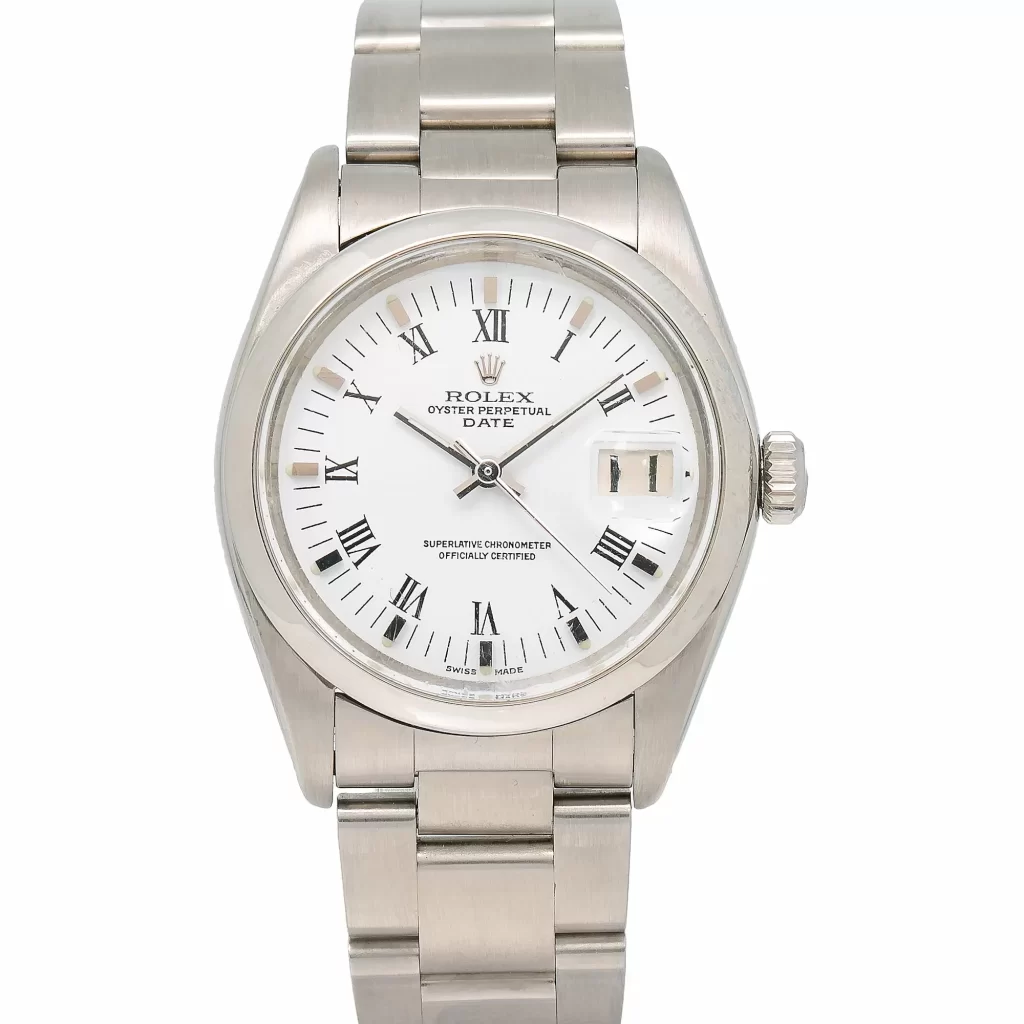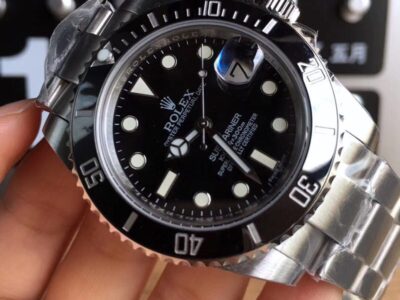Rolex Waiting Lists Shorten, Luxury Shopping Dynamics in Focus
Mohammed Seddiqi, the chief commercial officer at Seddiqi Holding, revealed a noteworthy trend in luxury watch retailing: replica Rolex waiting lists are gradually shortening. Speaking at Dubai Watch Week, Seddiqi pointed out the United Arab Emirates’ burgeoning status as a hub for luxury watch shopping, notably hosting the world’s largest Rolex showroom under the ownership of Ahmed Seddiqi & Sons. Despite this, waiting lists, or as Seddiqi prefers to call them, “wish lists,” remain lengthy for all but the most esteemed clients.

According to Seddiqi, recent shifts in demand dynamics have led to a modest reduction in waiting list lengths. For instance, references previously inundated with 10,000 hopefuls now face 8,000. This trend highlights a nuanced balance between demand and supply within the luxury watch market.
Seddiqi’s candid revelations shed light on the deliberate scarcity strategies employed by luxury watch brands. He acknowledged that limiting supply helps create coveted waiting lists, asserting that scarcity enhances desirability. The ubiquity of “For Exhibition Purposes Only” signs alongside Rolex timepieces serves as a badge of honor, symbolizing exclusivity and demand outstripping supply.

However, Patrick Chalhoub, the group president of Chalhoub Group, offered contrasting views on the management of waiting lists. While acknowledging the prevalence of such practices in the fashion world, Chalhoub expressed reluctance towards employing “Exhibition Only” signage. He emphasized the importance of transparency in managing waiting lists, advocating for clear communication regarding delivery timelines to customers.
Challenges persist in meeting customer expectations due to production uncertainties and supply chain complexities. Despite efforts to provide longer-range guidance on allocations, precision remains elusive, leaving retailers unable to make firm promises to customers. The watch industry’s struggle to master production precision underscores ongoing efforts to navigate the delicate balance between supply and demand.

The discussion also touched upon legal battles within the industry, exemplified by France’s Competition Authority’s recent fine imposed on fake Rolex for restricting online sales by authorized dealers. While Rolex’s defense cited the need to combat counterfeiting and grey market trading, the ruling deemed such restrictions excessive, highlighting disparities with competitors’ practices.
The investigation into replica Rolex’s practices reflects broader tensions between brands and retailers, as exemplified by Pellegrin & Fils’ allegations of unjust expulsion from Rolex’s network. The case underscores the complexities surrounding online retailing and the need for greater cooperation and transparency within the luxury copy watch industry.
The evolving landscape of Rolex waiting lists encapsulates broader trends in luxury retail, where scarcity, transparency, and legal scrutiny intersect, shaping the future trajectory of the industry.
